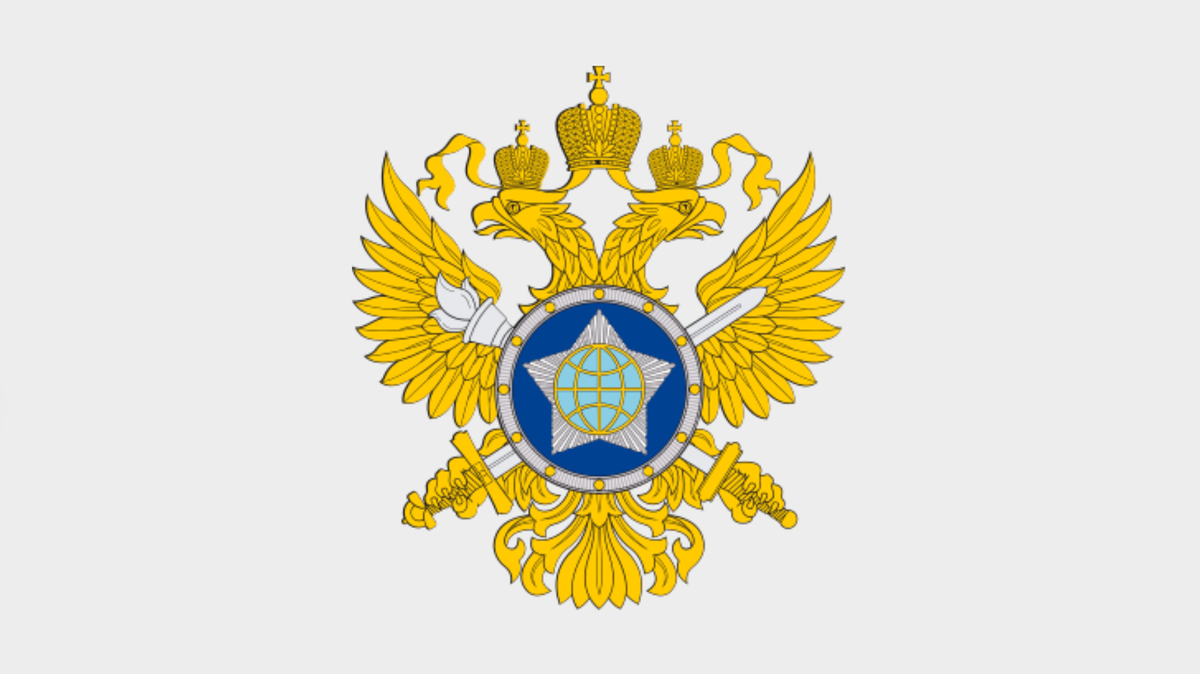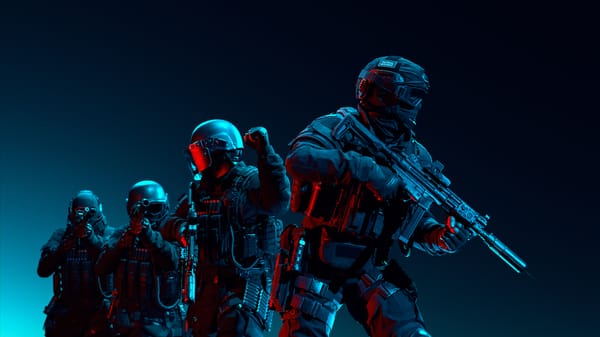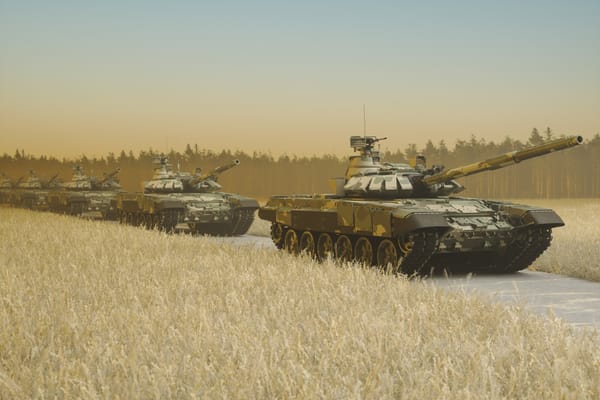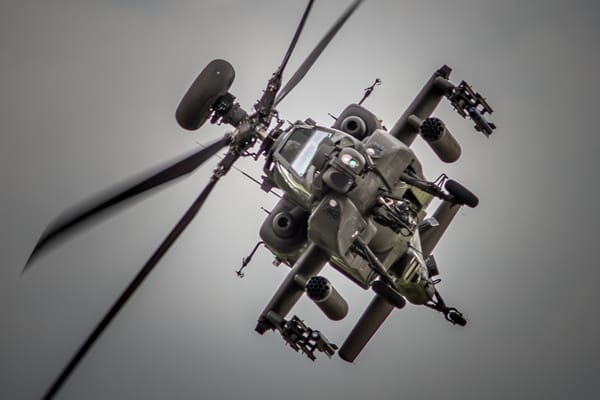🇷🇺 Sluzhba Vneshney Razvedki (SVR)

The Sluzhba Vneshney Razvedki (SVR)—or the Foreign Intelligence Service of the Russian Federation—is Russia’s primary civilian agency responsible for gathering foreign intelligence, conducting covert operations abroad, and providing assessments that inform the country’s foreign and security policy. Formally established in 1991 after the breakup of the Soviet Union, the SVR is the successor to the First Chief Directorate (FCD) of the KGB, which handled all Soviet-era external intelligence activities.
Operating under the direct authority of the President of Russia, the SVR collects a wide range of intelligence, from political and economic data to scientific and technological information. While specific operational details remain classified, public disclosures and international investigations over the years have shed light on certain aspects of the agency’s work. These include recruitment of foreign assets, cyber-espionage efforts, and influence operations designed to advance Moscow’s strategic interests on the global stage.
Given Russia’s prominent—often contentious—role in world affairs, the SVR plays a critical part in shaping the Kremlin’s foreign policy decisions. In comparison to the GRU (Russia’s military intelligence service), the SVR focuses more on political and economic intelligence, handling longer-term strategic issues that go beyond immediate military concerns. Yet there is overlap: in many contexts, Russian intelligence missions involve close cooperation and occasional competition between the SVR, the GRU, and the Federal Security Service (FSB), which is primarily responsible for domestic security. In recent years, as tensions between Russia and Western countries have risen, the SVR has found itself at the center of allegations involving election interference, cyber intrusions, and disinformation campaigns.
History
Although the SVR was officially created in the early 1990s, its roots extend back through decades of Soviet intelligence services. Below is a brief overview of the major phases in its development, highlighting how world events shaped its structure and mission.
2.1 Soviet Foundations (1917–1991)
• Early Soviet Intelligence:
Shortly after the 1917 Bolshevik Revolution, the new Soviet state established the Cheka—an agency responsible for internal security and counter-revolutionary actions. Over the years, this and successor bodies (such as the NKVD and MGB) gained intelligence functions that stretched beyond the Soviet Union’s borders, focusing on ideological competition and strategic defense.
• KGB Era and the First Chief Directorate:
By 1954, the Soviet leadership reorganized intelligence and security apparatuses into the KGB (Committee for State Security). Within the KGB, the First Chief Directorate (FCD) handled external intelligence: from recruiting spies in Western governments to gathering technological and scientific information essential for the Soviet military-industrial complex. The FCD’s global network reached into nearly every major capital, aiming to bolster Moscow’s influence during the Cold War. Notable operations included espionage efforts in the United States and Europe, covert support for communist movements worldwide, and deep penetration of foreign political institutions.
2.2 Post-Soviet Transition (1991–Early 2000s)
• Birth of the SVR (1991):
The collapse of the Soviet Union in late 1991 led to the dismantling of the KGB. Its functions were split among several agencies, with the FCD morphing into the newly formed Sluzhba Vneshney Razvedki (SVR). The early years of the Russian Federation were marked by economic turmoil, political uncertainty, and a drastically reduced international standing. Against this backdrop, the SVR strove to maintain continuity in its global intelligence operations, albeit with fewer resources than its Soviet predecessor.
• Shifting Priorities:
During the 1990s, the SVR’s mission evolved to reflect the post-Cold War environment. The agency reduced its overt ideological activities and placed a renewed emphasis on economic, political, and scientific intelligence. This shift aligned with Russia’s need to navigate a new global order dominated by Western powers and to stabilize its own nascent market economy.
• Restructuring and Coordination:
As President Boris Yeltsin attempted to consolidate power, the Russian intelligence community underwent numerous structural reforms. The SVR sought to refine its international networks while cooperating more effectively with domestic agencies such as the FSB. Despite budget constraints and bureaucratic reshuffling, the SVR maintained a presence in critical regions, including Europe, the Middle East, and the former Soviet republics.
2.3 Revival and Reassertion (Early 2000s–Present)
• Putin’s Influence:
Vladimir Putin, himself a former KGB officer, became President of Russia in 2000 and quickly moved to restore state authority. Under his leadership, intelligence agencies, including the SVR, gained renewed prominence and higher budgets. The SVR’s mission once again broadened to address what the Kremlin saw as an increasingly competitive geopolitical landscape.
• Growing Global Operations:
Throughout the 2000s and 2010s, the SVR focused on gathering intelligence that could support Russia’s reassertion of influence on the global stage. Strategic priorities included monitoring NATO expansion, U.S. foreign policy, and developments in key countries like Ukraine and Georgia—areas Russia views as within its sphere of influence.
• Technological Adaptations:
In parallel, the SVR adapted to the digital era, reportedly engaging in cyber espionage and disinformation campaigns. International investigations and media reports have tied Russian-linked actors, possibly working for or with the SVR, to hacking incidents that targeted Western political parties, think tanks, and companies. These operations aim to collect valuable data and, in some cases, shape public opinion or political outcomes in foreign countries.
Outlook
As the SVR moves further into the 2020s, it operates in a world characterized by technological acceleration, shifting power balances, and persistent tensions with the West. Below are several key issues and challenges that are likely to define its trajectory over the next five to ten years.
1. Cyber Capabilities and Hybrid Warfare
The increasing centrality of digital infrastructure to political, economic, and social life worldwide has already transformed intelligence operations. Cyber espionage, disinformation, and sabotage will remain core tools for the SVR. However, as cybersecurity measures improve globally, penetrating sophisticated networks will become more complex. The SVR will likely invest heavily in advanced hacking tools, artificial intelligence-driven reconnaissance, and the cultivation of insider threats to stay ahead of better-protected targets.
2. Managing Great Power Competition
Ongoing strategic rivalry with the United States and its allies remains a primary concern for Russian foreign policy. The SVR’s intelligence collection on NATO activities, Western political dynamics, and the defense capabilities of adversaries will undoubtedly continue, potentially alongside efforts to sow discord or exploit rifts between Western nations. Moreover, as China’s influence grows, the SVR may increasingly pivot to collecting intelligence on Beijing’s technological developments and military expansions—though the Sino-Russian partnership complicates how openly such efforts can be pursued.
3. Preserving Influence in the Near Abroad
The so-called “near abroad”—encompassing former Soviet republics—remains a top priority for Moscow. Political upheavals, color revolutions, and Western engagement in these regions are viewed by the Kremlin as direct threats to its security and influence. The SVR will continue to operate extensively in Eastern Europe, the South Caucasus, and Central Asia, both to gather intelligence and to influence local elites, possibly through covert funding, media manipulation, or the cultivation of pro-Russian figures.
4. Balancing Covert and Overt Action
The lines between classical espionage, covert action, and overt state policy are increasingly blurred. In some cases, the Kremlin has been willing to use more conspicuous means to project power, such as military interventions in Syria or Ukraine. The SVR’s role in these contexts is to provide strategic intelligence and possibly engage in clandestine measures that complement overt military objectives. Over the next decade, balancing traditional espionage with newer tactics—like targeted assassinations, influence campaigns, and propaganda—will pose ethical, political, and operational dilemmas.
5. Domestic Pressures and Inter-Agency Competition
Within Russia, the intelligence community is large and sometimes overlapping, with the FSB managing domestic security, the GRU carrying out military intelligence, and the SVR handling external civilian intelligence. Rivalries, differing priorities, and bureaucratic turf wars can complicate coordination. As Russia’s domestic political climate evolves, the SVR’s leadership will need to maintain favor within the Kremlin and demonstrate its efficacy to secure budgets and influence policy.
6. Technological Modernization and Talent Acquisition
The agency must continually recruit and train personnel with specialized skill sets in languages, cyber operations, data analytics, and cutting-edge technologies. While there is an abundance of STEM talent in Russia, competition with the private sector and other government agencies could pose recruitment challenges. Ensuring a steady pipeline of qualified operatives and analysts will be vital for the SVR’s operational success.
In the broader context, the SVR is a linchpin in Russia’s quest to regain or maintain global influence. Born out of the powerful KGB apparatus, it carries forward a legacy of deep-cover operations, sophisticated espionage, and political manipulation that has shaped its reputation on the world stage. Current trends—such as the intensifying technology race, persistent rivalries with NATO and the U.S., and the shifting geopolitical landscape—ensure that the SVR remains at the forefront of foreign intelligence operations.
Over the next five to ten years, the agency will likely double down on cyber capabilities, data-driven analysis, and influence operations to achieve Russia’s strategic goals. Tensions with Western nations—and potentially with China—will continue to shape the SVR’s priorities. At the same time, internal factors, including financial resources, political pressures, and inter-agency coordination, will influence how effectively the SVR can execute its mission.
What is clear is that the SVR is poised to remain an influential force in international intelligence circles, with operations that often operate in secrecy but can have far-reaching repercussions. By anticipating emerging challenges and staying ahead of technological advancements, the SVR will aim to ensure that Russia’s global interests remain well-protected—and that the Kremlin’s voice is heard, if not always openly, on major issues around the world.





